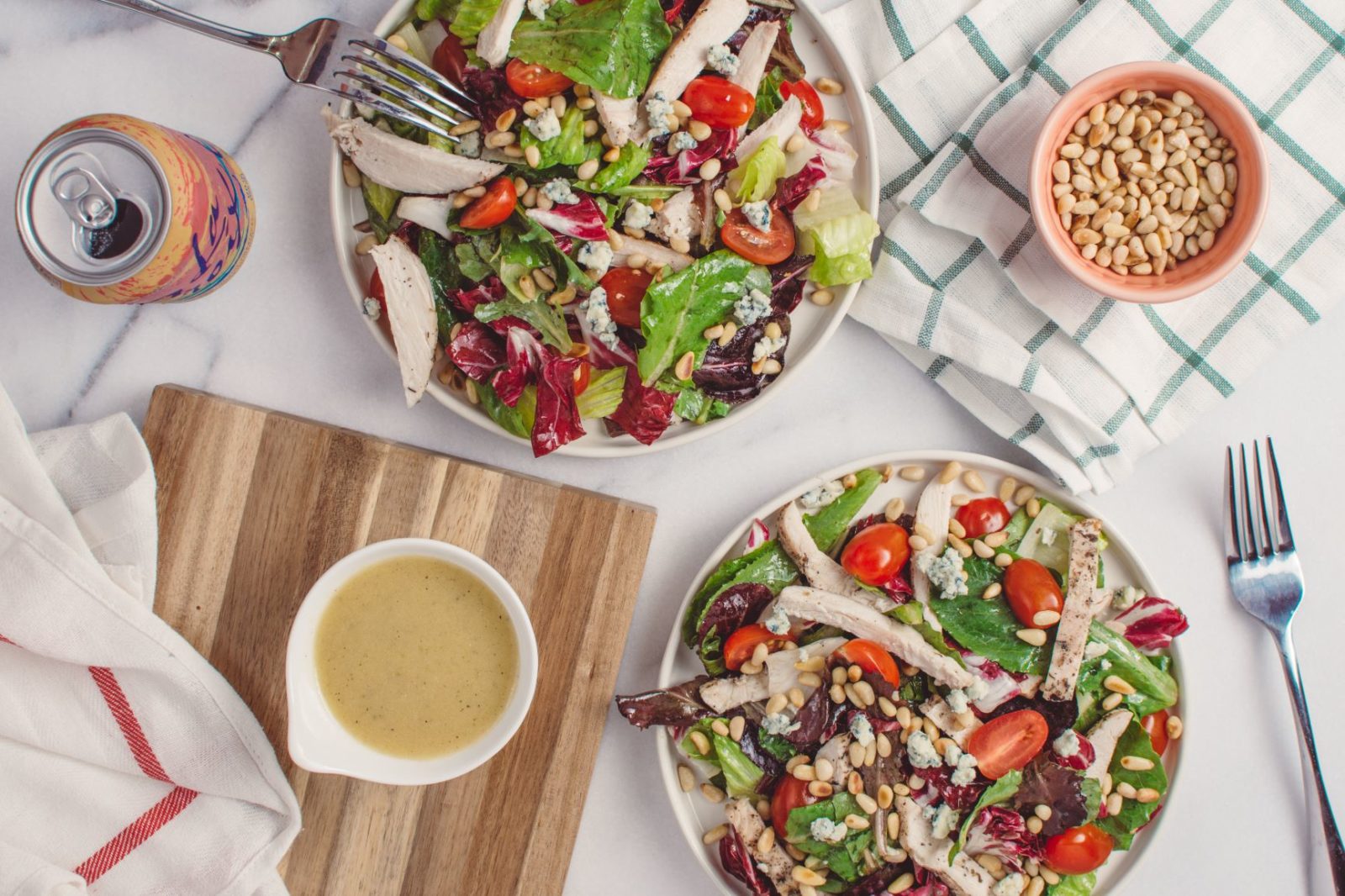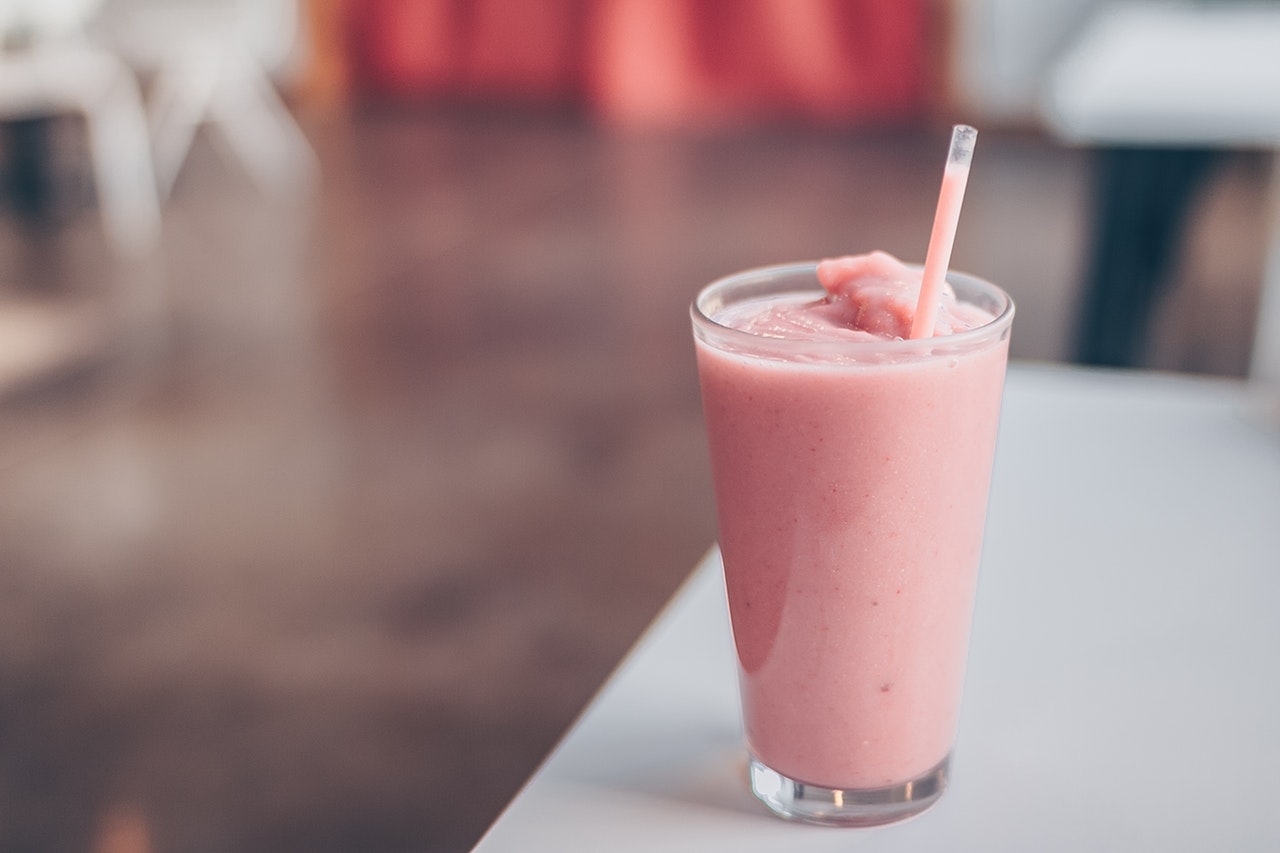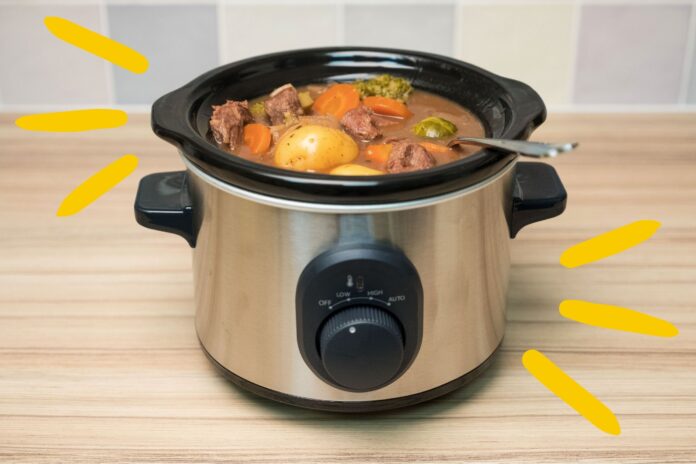Would you like some medium chain triglyceride drizzled over your pasta, madame? Erm, no. Indeed, such a clinical name doesn’t exactly bring out the pavlovian, does it? But MCT oil, a special type of fat said to rapidly convert energy, has been growing hugely in popularity in recent years, due to its reported health benefits including enhancing exercise endurance. And while we’re not here to deliver a scientific verdict on that, we can certainly offer up some advice on using it as a vehicle for deliciousness.
If you’ve heard of MCT oil, it’s probably down to bulletproof coffee. This drink, apparently a giver of superpowers, initially contained a lot of butter. People soon realised this perhaps wasn’t a great idea in terms of weight loss, and replaced some (or in some cases, all) of that butter with MCT oil, a substance made by extracting and isolating MCTS commonly found in coconut oil. It was the ideal replacement as it’s reported that it has fewer calories than long-chain triglycerides found in foods like butter, olive oil, nuts and avocados. Moreover, it apparently keeps you fuller for longer.
Just like those bulletproof coffee drinkers, if you’re watching your calories MCT oil could potentially be a great substitute to other fats you may be using in the kitchen. Or if you simply like to cook with coconut oil, but aren’t a fan of the coconutty taste it imparts on your food, then it could be a great replacement as its flavourless and odourless. With that in mind, here are 5 IDEAL tips for using MCT oil in the kitchen.
HOMEMADE SALAD DRESSINGS & MAYONNAISE
If you want to cut down on the harmful fat content of your salad dressings, but keep that body of the dressing and emulsifying quality of oil, substitute some of your standard olive or rapeseed oil for MCT. The best of all worlds, we think. Moreover, MCT oil is great for homemade mayonnaise, which usually calls for a neutral oil.
Of course, make sure your oil is sustainably sourced, as some coconut and palm oil production do a lot of damage to the environment.
SLOW ROAST VEGGIES
The smoking point for MCT oil is fairly low, at 160°C, so it’s generally not recommended to cook with it on a high heat as you would vegetable or olive oil. However, it can be used in low to mid temperature cooking. If you’re planning on roasting some veggies, give them the low and slow treatment with a good drizzle of MCT oil and you’ll have a super healthy side dish.
SUPER POWDERED SMOOTHIE
MCT oil can also be used to give smoothies a real lift; both in texture and energy giving properties. It’s not solid at room temperature, so it’s perfect as a binding agent. Lots of gym goers who pledge allegiance to king keto (that’s a very low carb diet to you and me) add it to their workout smoothies and shakes for a touch of extra satiety and fat burning fuel. As MCT oil is flavourless, make your smoothie as normal but add some of the good stuff to give it a lift.
ICE CREAM
Dairy free, nut free, low fat, an energy and metabolism booster? There must be some mistake! Well, if the reports on the benefits of a keto diet are to believed, there isn’t. Yep, you can make ice cream with MCT oil and pure ghee acting in place of milk, with a little coconut milk instead for texture. Introduce some avocado instead of eggs for that protein and emulsifying quality and away you go. Lovely stuff.
BETTER-FOR-YOU BAKING
Great news! You can also use MCT in baking with excellent results. Simply replace your regular oils or butters in the recipe, or perhaps half them, and you’ve got yourself a healthy, nourishing cake. A classic orange olive oil cake, with the addition of MCT oil in the batter, traded in for some of the olive oil, would be perfect; as the bake requires a low temperature and slow cook.








